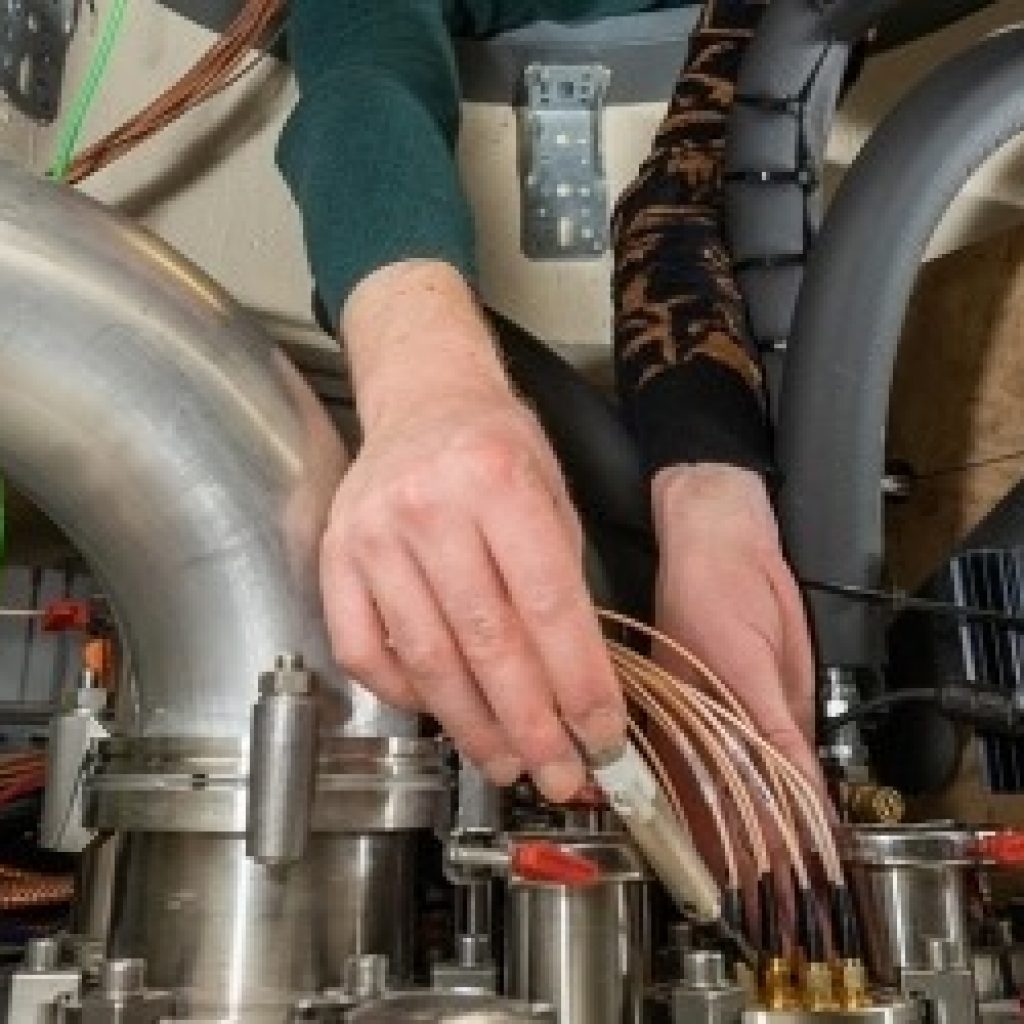(SciTechDaily) Researchers in the United Kingdom and the Netherlands decided to explore two very different quantum problems: breaking the encryption of Bitcoin (a digital currency) and simulating the molecule responsible for biological nitrogen fixation.
In AVS Quantum Science, from AIP Publishing, the researchers describe a tool they created to determine how big a quantum computer needs to be to solve problems like these and how long it will take.
“The majority of existing work within this realm focuses on a particular hardware platform, superconducting devices, like those IBM and Google are working toward,” said Mark Webber, of the University of Sussex. “Different hardware platforms will vary greatly on key hardware specifications, such as the rate of operations and the quality of control on the qubits (quantum bits).”
The researchers estimated the size a quantum computer needs to be to break the encryption of the Bitcoin network within the small window of time it would actually pose a threat to do so — in between its announcement and integration into the blockchain. The greater the fee paid on the transaction, the shorter this window will be, but it likely ranges from minutes to hours.
“State-of-the-art quantum computers today only have 50-100 qubits,” said Webber. “Our estimated requirement of 30 [million] to 300 million physical qubits suggests Bitcoin should be considered safe from a quantum attack for now, but devices of this size are generally considered achievable, and future advancements may bring the requirements down further.
“The Bitcoin network could perform a ‘hard-fork’ onto a quantum-secure encryption technique, but this may result in network scaling issues due to an increased memory requirement.”
A large-scale error-corrected quantum computer should be able to solve important problems classical computers cannot.
“Simulating molecules has applications for energy efficiency, batteries, improved catalysts, new materials, and the development of new medicines,” said Webber. “Further applications exist across the board — including for finance, big data analysis, fluid flow for airplane designs, and logistical optimizations.”
How big does your quantum computer need to be to break bitcoin encryption or simulate molecules?
